
Religious festivals are very varied in Peru and are intrinsically linked to the sense of identity and culture of all Peruvians.
Thus, multiple religious festivals, such as Holy Week in the city of Cusco, are now part of the local culture and folklore. A product of the syncretism of the European and Andean festivals, nowadays, the Holy Week in Cusco is lived in a unique way.
The festivities of Holy Week begin after the fourth Sunday of Lent, which coincides with Palm Sunda, in this article we will detail how it is celebrated and what are the customs of the holy week in the imperial city of Cusco.
Table of Contents
Holy Week is a clear example of the Christianization that the Spaniards carried out on the indigenous people, so much so that in the 16th century the religious orders carried out by the bishops and doctrineros made an effort to teach the doctrinal principles.
One of the ways was by making representations of the sacrifice that Jesus made through songs, stories and processions in order to incorporate them into their Christian community; that is where they introduced the feast of Holy Week in each of the inhabitants of the cities and rural areas, it was a feast that was lived with special devotion for it had to prepare before.
Holy Week begins with Palm Sunday, when the believers carried their olive branches and blessed in the churches, during the week prayers were held. However, on Holy Thursday and Good Friday, either in the temple or outside, the life, passion and death of Jesus was staged, and processions were also held to remember the Way of the Cross.
On the Saturday of glory in several towns, the believers accompanied with songs, theatrical performances and food and some performed their customs or traditions of the place, this was done in all regions.
Once Easter Sunday arrived at midnight of that day they used to burn Judas to end Lent and start the joyful Easter, this act was performed in Lima, but in other cities like Huamanga, Cusco, Arequipa and other regions they used to ring bells in anticipation of the new birth of Christianity, in which they left the temples to walk through the streets and join the other parishioners.
This Christian tradition over time has been gaining strength and has been practiced even in the smallest villages of Peru, leaving several stories, history of how they lived before this religious festival, as the writer Jose Carlos Mariategui said in one of his chronicles: Holy Week served to unify society beyond their differences, party to this day are still practiced and taught to future generations.
The city of Cusco lives every day these traditions in which they will make various preparations during these days, then I tell you about the preparations made during Holy Week.
During Holy Week, holy Thursday is one of the days when Cusco families gather to share a variety of traditional dishes made with seafood and desserts.
You must take into account that during this week it is forbidden to eat red meat, so they replace it with fish, eggs, cheese, they also prepare sweets, cookies and other typical local dishes.
For example, the traditional Friday soup is prepared with machas (mollusks from the coast), cheese, seaweed, rice, shrimp, fish eggs or as they call it here cau cau, making it a delicious dish.
There are also dishes based on native products of Cusco such as chuño soup, pumpkin, olluco (mullet), among the second is made based on tarwi, quinoa, fish and so on.
Let's not forget that desserts and sweets are also prepared, such as the most famous dessert, rice pudding, sweet empanada, and other peach or plum sweets, depending on the taste of each one.
These are some of the dishes that are prepared during Holy Week in Cusco, also during these days the various churches of Cusco are visited, as a pilgrimage.
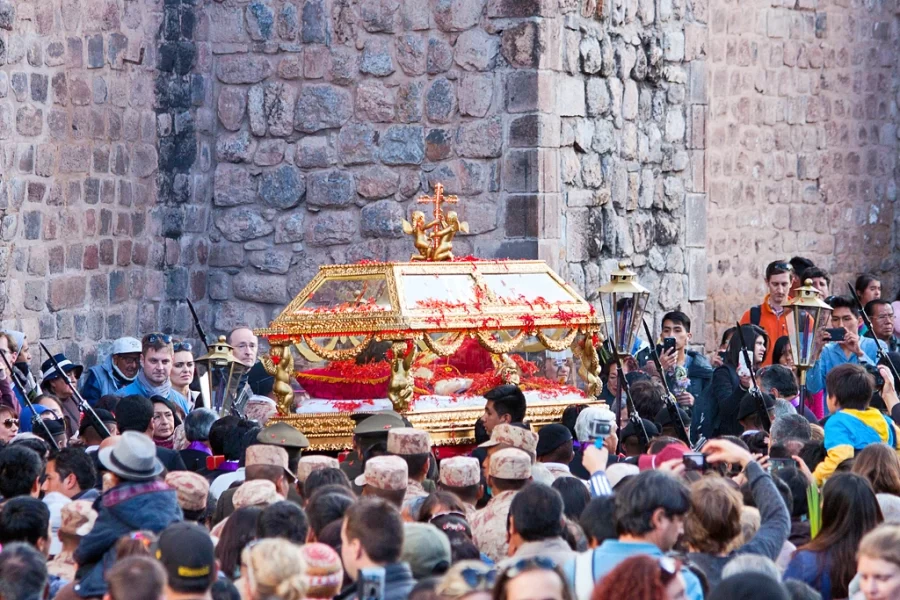
While it is true that Palm Sunday marks the beginning of Holy Week, this usually has a movable date, which is between the second half of March and the first week of April with the celebration of a great mass celebrated in Quechua in the cathedral of Cusco at 5 am.
The attendants carry palm leaves, or crosses made of the same leaf, which can be bought in the main square.
During this day, many also make pilgrimages to the nearest hills in search of thorns, generally those in the shape of a cross.
These palm leaves or thorns are used to attend mass, and then these blessed crosses are hung behind doors as a sign of blessing and protection for the home.
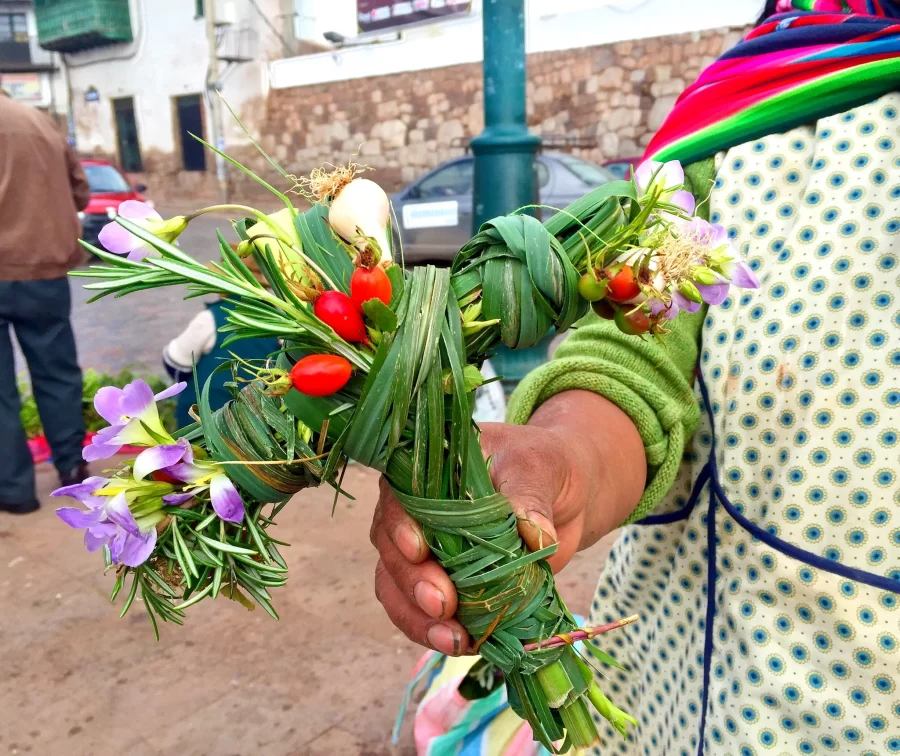
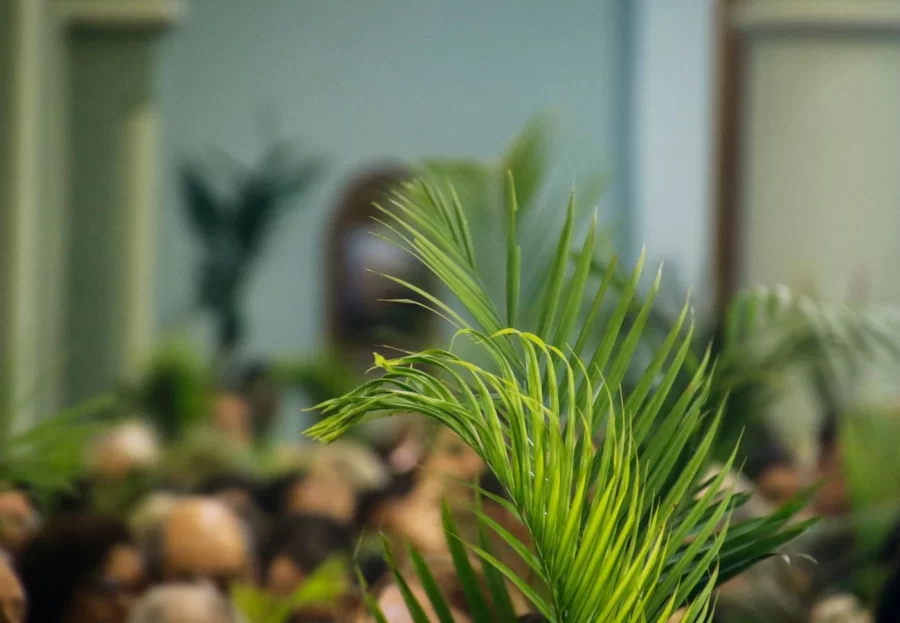
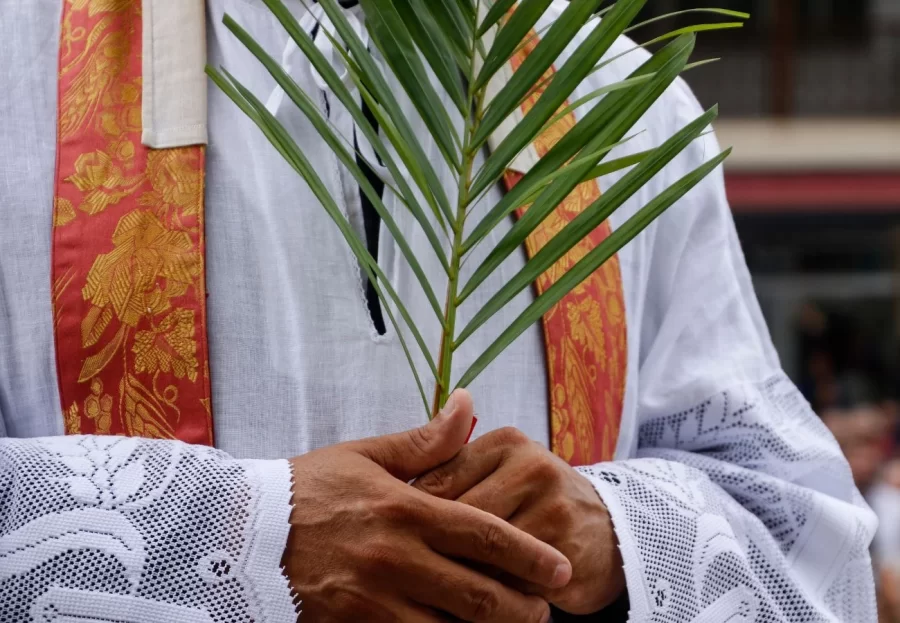
Easter Monday is the day that starts the Holy Week, being at the same time the most important day within the Holy Week in Cusco, since it is this day in which the sworn Patron Saint of the city, goes out to give his blessing to the entire population in a tour that covers the main streets of the historic center of the city.
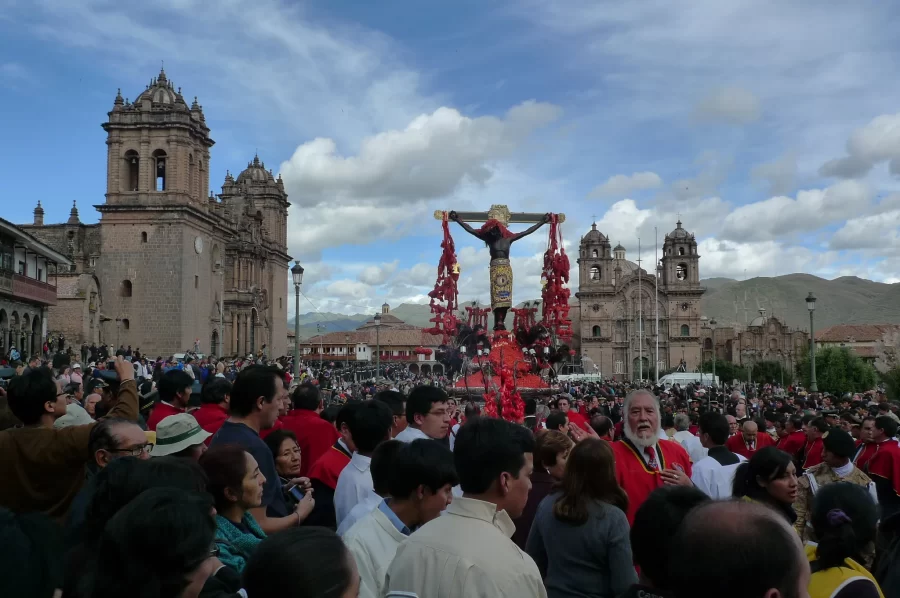

The Lord of the Tremors, declared as the sworn patron saint of the city of Cusco after performing miracles to the population of Cusco. The brown Christ, affectionately called Taytacha by the most faithful devotees, has a great religious and spiritual value for the inhabitants of Cusco.
Since the miraculous event of 1650, when one of the most devastating earthquakes devastated the imperial city, the image of the brown Christ was carried in procession, who amidst the desperate prayers and prayers of the population calmed the disaster.
This brown-skinned Christ has a great bond of faith that unites him to the Cusco devotees connected even with Inca traditions, a sample of this is that during the procession the faithful offer flowers of Ñucchu (Salvia Oppositiflora) flower that is exclusively used for this saint.
The same flower was offered to the huacas and Andean gods in religious ceremonies according to the writings of chroniclers like Bernabe Cobo and Huamán Poma de Ayala, in the same way their costume alludes to the ancient skirts used by the pre-Columbian settlers.
On Holy Thursday masses are held in the different temples of the city, some families perform ''The journey of the 7 temples'' recalling the 7 falls of Christ on his way to Calvary.
These days you will also find different fairs in the city where you can find traditional Easter desserts such as maicillos, empanadas cusqueñas, corn cakes, apple water, among others.
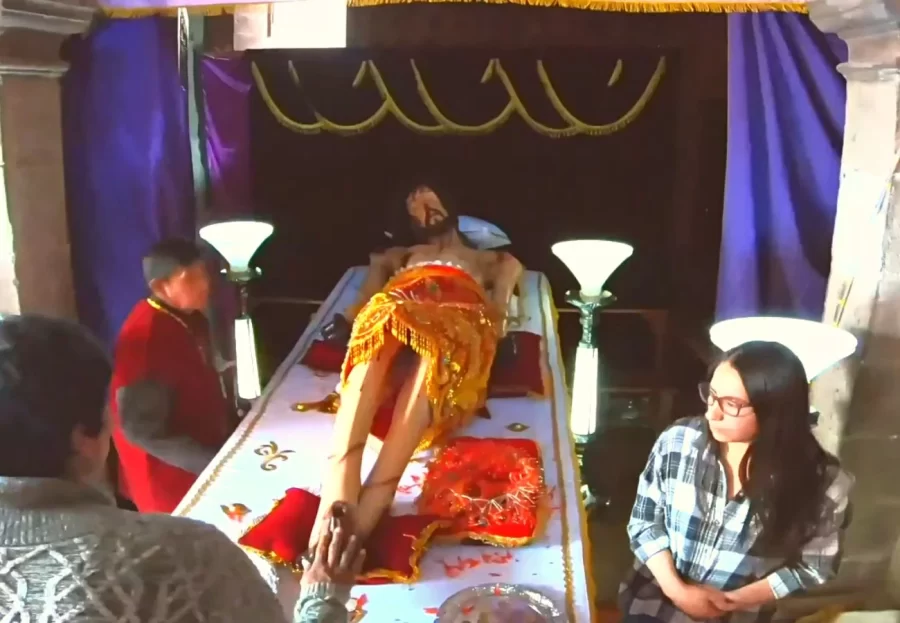
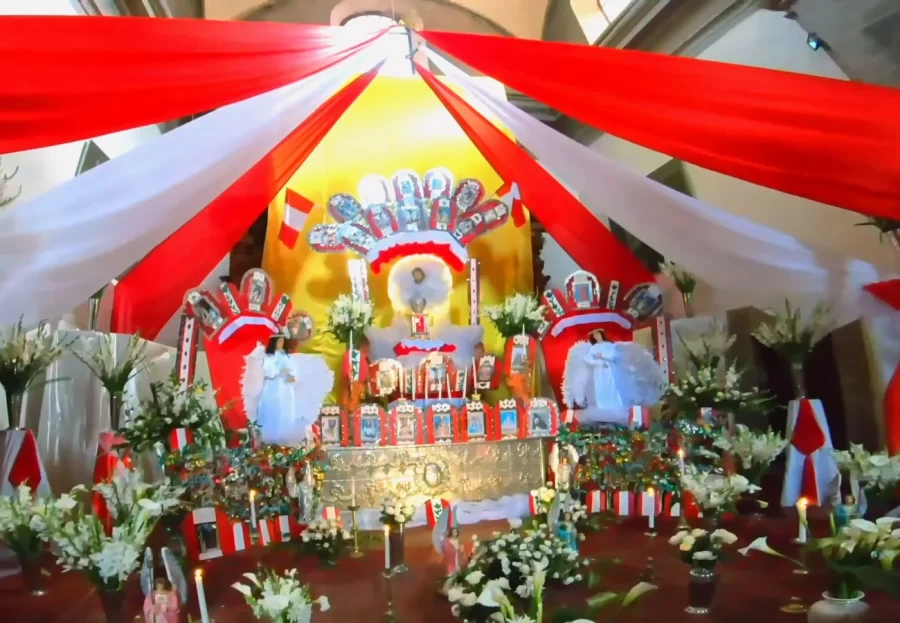
On Good Friday, the traditional ''Dinner of the 12 dishes'' takes place, a special date in which, although it is true that the consumption of red meat is not allowed, delicious dishes are prepared based on Tarwi, quinoa, fish, pumpkin and others.
It's common for families to gather at home to share the 12 courses, but you can also find traditional dishes at local restaurants.
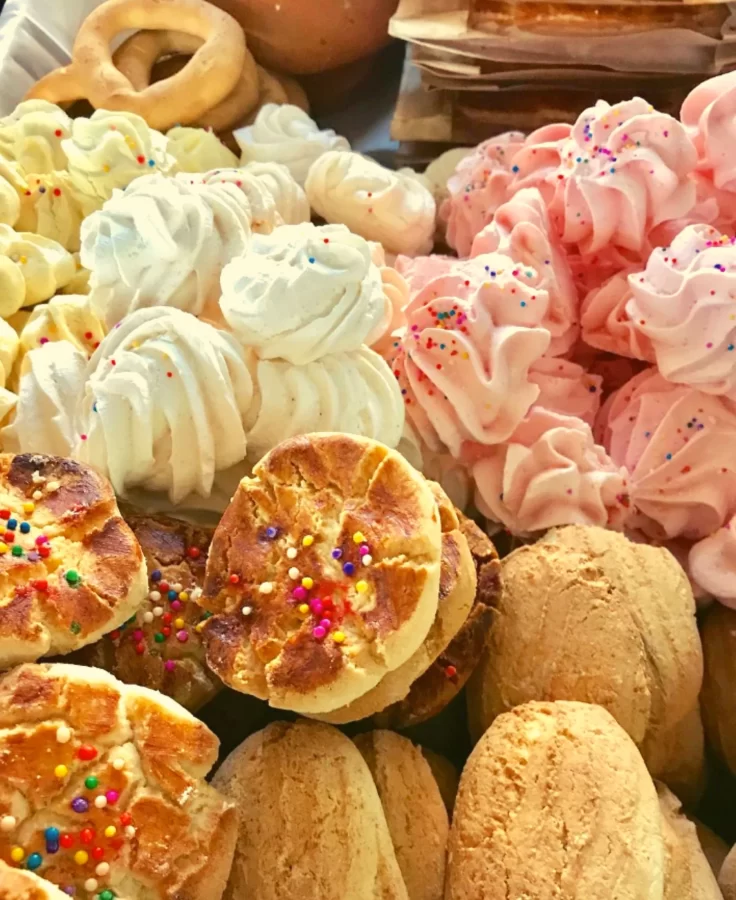
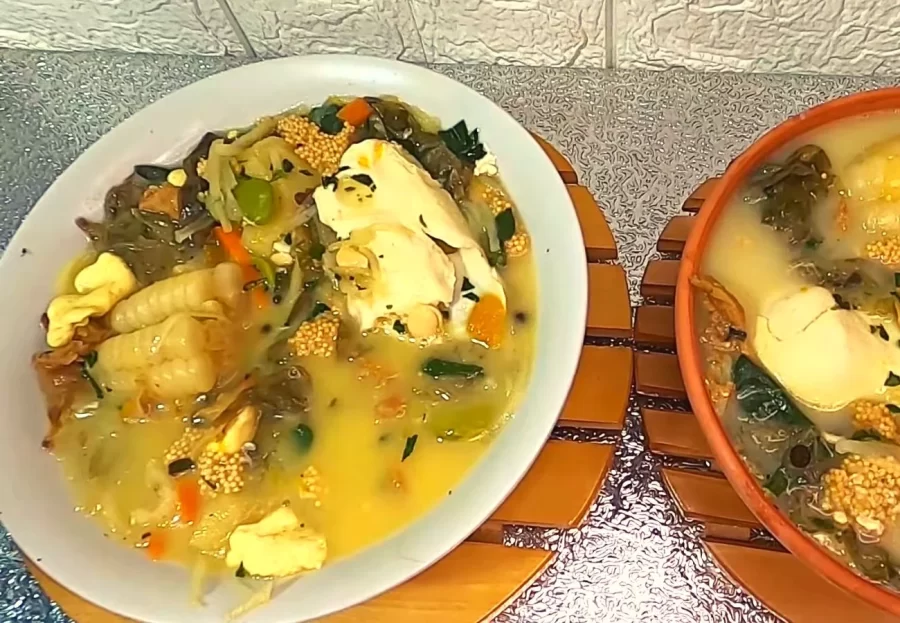
This last day of Holy Week, the day begins with the population attending very early to the mass that is celebrated in the cathedral from 6 am, this is the most important day for Catholic believers, as it represents the resurrection of Jesus, so this day is usually the most joyful of Holy Week. Where you can also taste the traditional dishes of Cusco in the gastronomic fairs of the squares and markets.